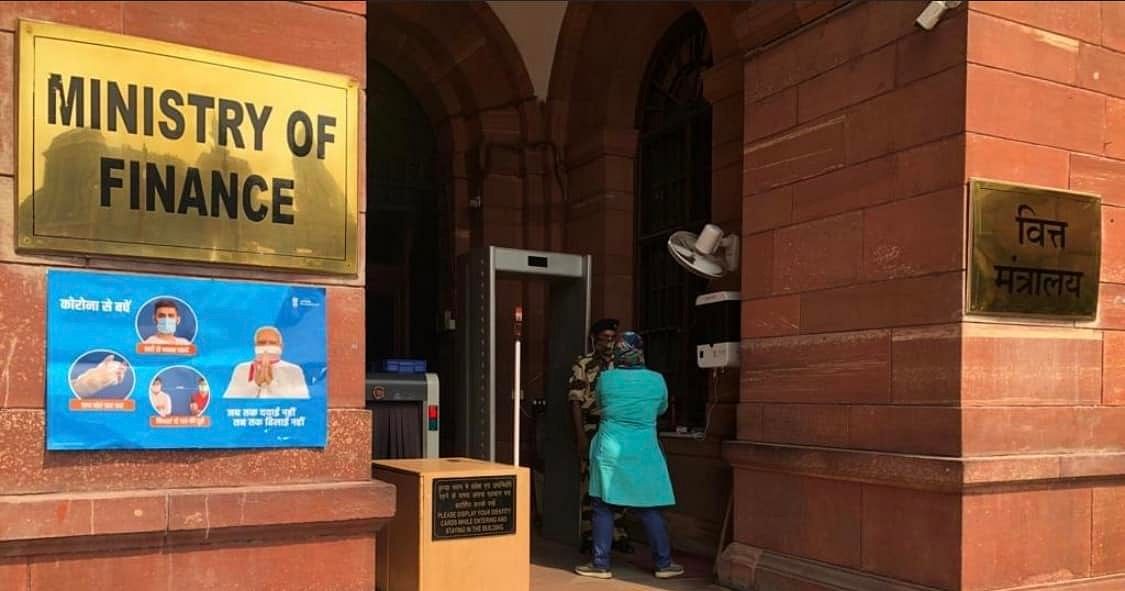[ad_1]
The outlook for 2023 is vulnerable to global economic developments and will require vigilance in maintaining India’s external resilience, according to the Finance Ministry.
India’s medium-term challenges include securing technology and resources for energy transition and skilling its youth, while staying the course on fiscal consolidation at the general government level, the Ministry’s Department of Economic Affairs said in its Monthly Economic Review report for November.
The review takes a cautiously optimistic note as India’s growth trajectory remained the fastest among global peers in the first half of FY23 at 9.7%, and CPI inflation eased below RBI’s upper tolerance limit of 6%.
“Going ahead, as inflationary pressures decline in manufactured products, reflecting reduced input cost pressures and easing supply chain pressures, it may get reflected in CPI core inflation in the next few months,” the review said.
India’s growth is supported by pent-up demand from the services sector, enhanced agriculture exports and robust construction activity, it said.
Private consumption, bolstered by pent-up demand, reached its highest among all second quarters during the past 11 years, at 58.4% of GDP, the review said.
“The investment rate also rose to be the highest among all the second quarters since 2012-13 at 34.6% of GDP, hinting at the beginnings of an investment cycle.”
In terms of expectation of rural growth, increase in Rabi coverage with adequately filled irrigation reservoirs are expected to aid agricultural output growth.
India’s external sector continues to face headwinds emanating from the global slowdown.
“The downside to a widening current account deficit is expected to be limited by a robust services export performance through the rest of the year and by inward remittances.”
World Bank estimates expect inward remittances to touch $100 billion this fiscal.
The Finance Ministry pins its hopes on stable foreign direct investment flows, resurgent foreign portfolio investor flows, and foreign exchange holdings to cushion the external front.
[ad_2]
Image and article originally from www.bqprime.com. Read the original article here.

